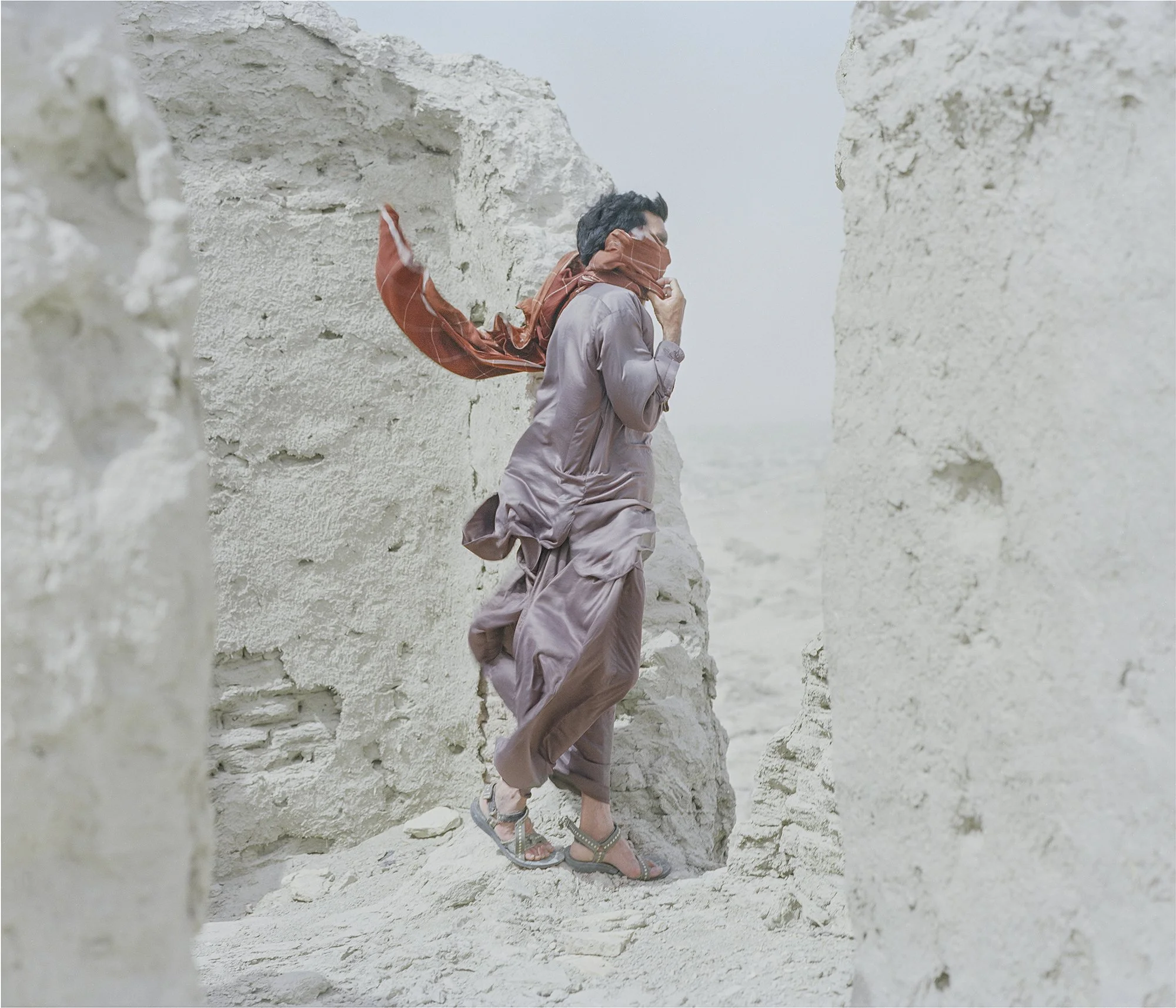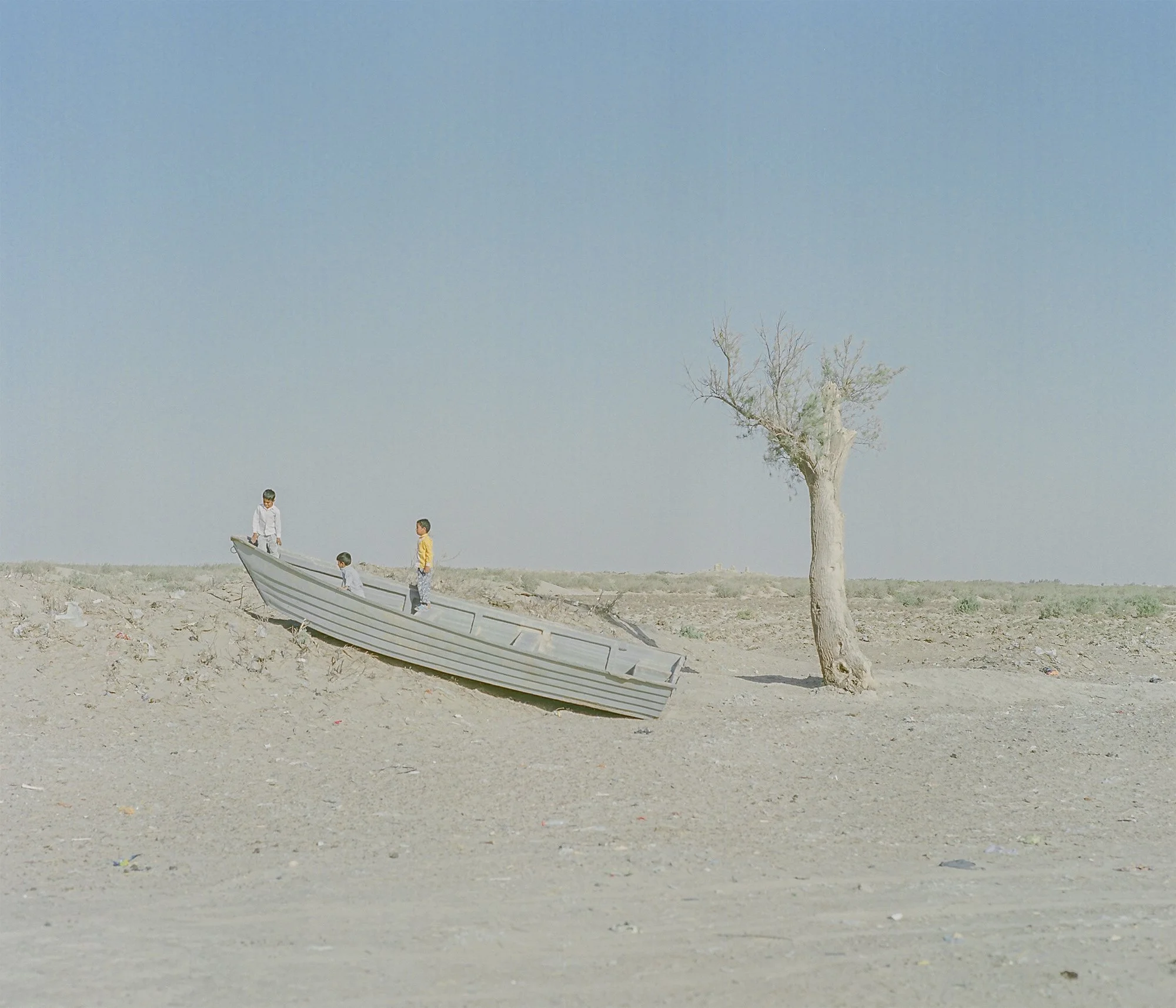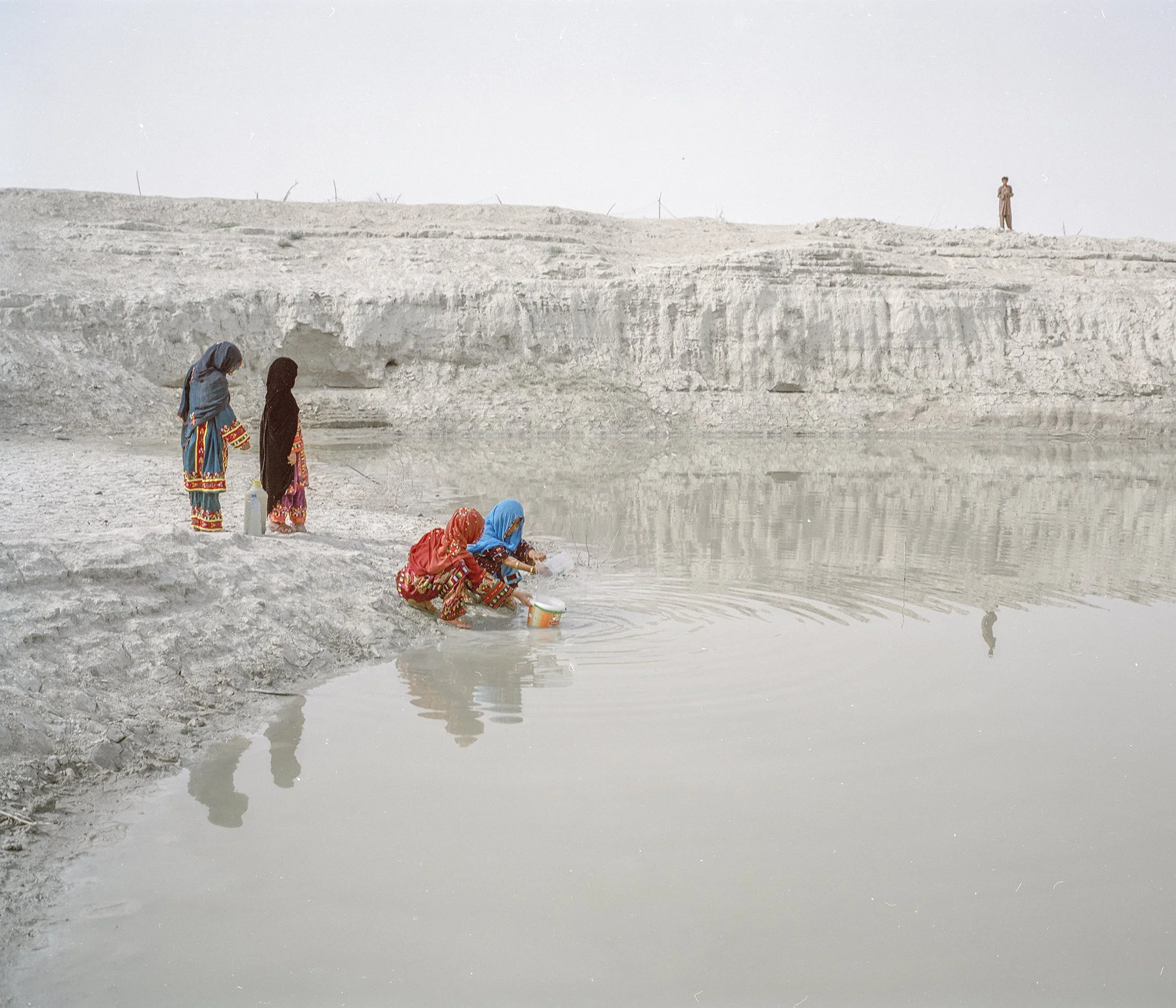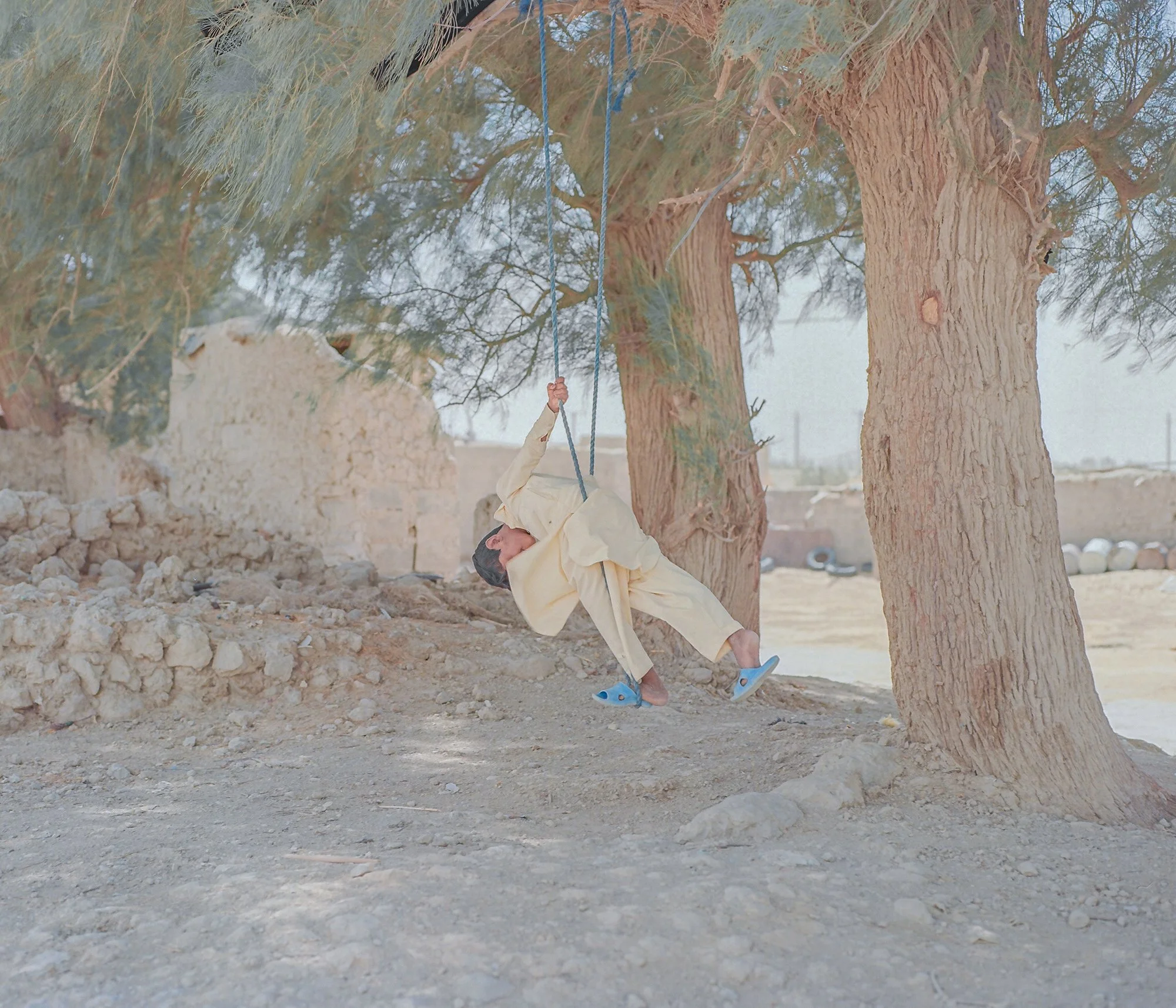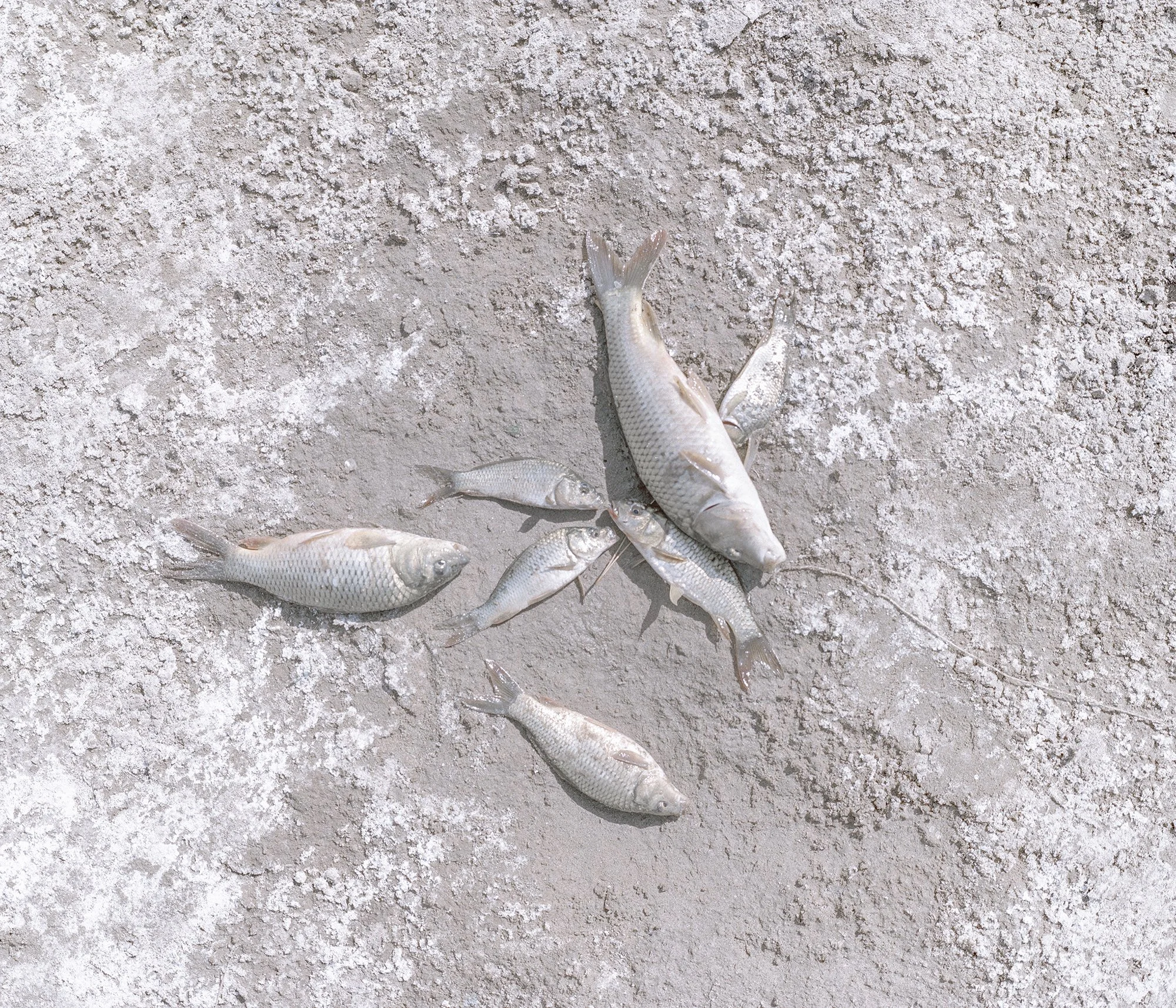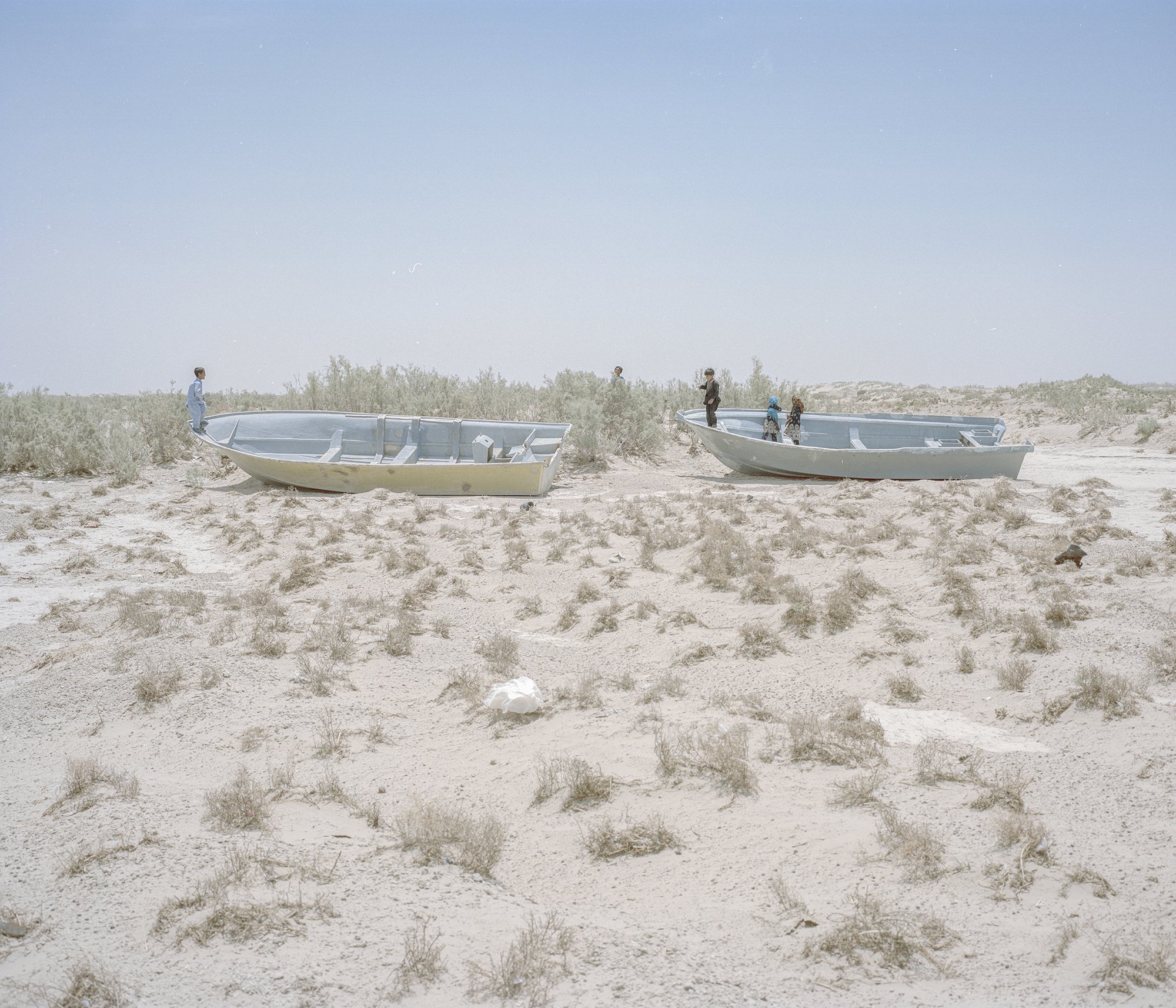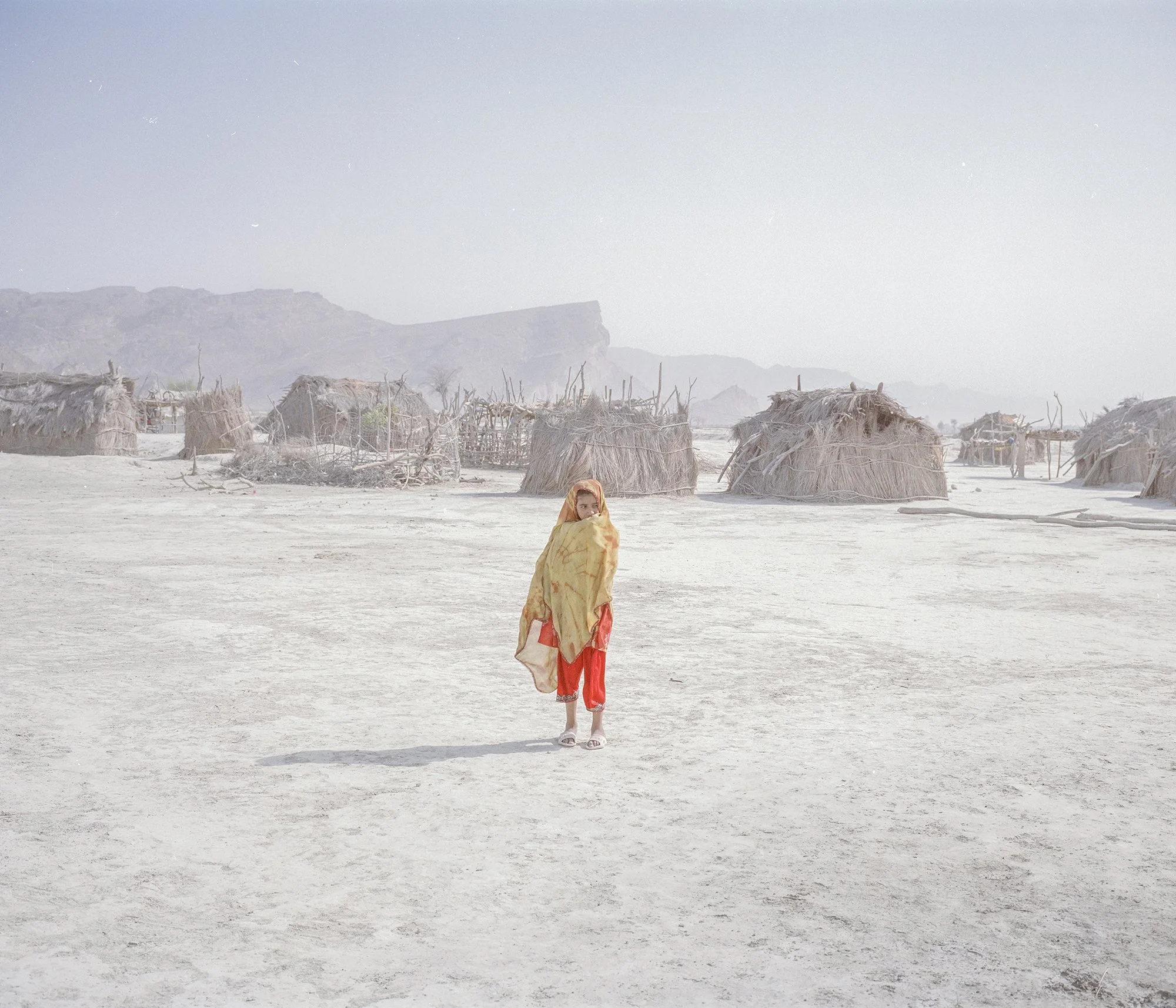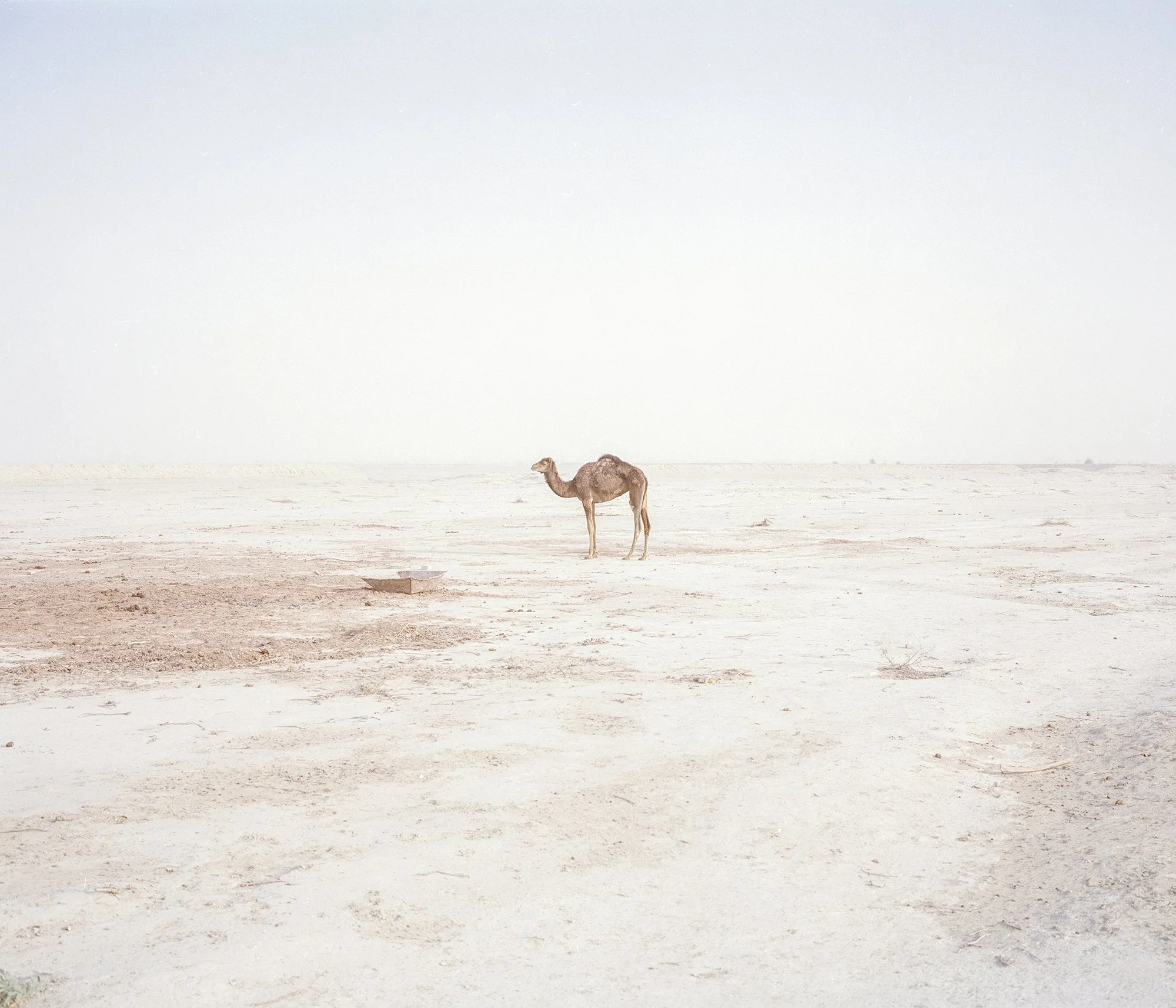Hashem Shakeri — An Elegy for the Death of Hamun
Hashem Shakeri is an artist, photographer and filmmaker who lives in Tehran. He began practicing photography in 2006 and started a professional career in documentary photography in 2010. Since then he has been working as a freelance photographer on arrange of commissions and private projects in Iran, Turkey, South Korea, Malaysia, France and Denmark.
One of his major concerns is the psychological investigation of human relationships in the contemporary world. By capturing restlessness, perplexity and social struggle in the modern capitalist world, Hashem Shakeri records the optical unconsciousness of the society and provides a universal narrative form with a personal insight.
Sistan and Balouchestan – the widest province in Iran – is located in the southeast, having borders with Afghanistan and Pakistan. In the past, Sistan was called “the depot of cereals” in Iran and as mentioned in the history, this barren land was once a green forest. Even in the near past, this land was rich and fertile, having abundant water, alluvial soil and a civilization that dates back to 5000 years ago. Nowadays, the Sistan region has faced astonishing climate change, which has turned all these wide area into an infertile desert empty of people. Drought, unemployment and hopelessness for the future of this land have made 25 percent of the population in Sistan migrate in recent years.
Sistan is now doomed to vanish and turn into a myth; it has turned into a barren land whose blood vessels have dried. The cracked arid land of the Hamun Lake is similar to a corpse covered with dust and has gone into a deep sleep as if it has never been alive. Hamun, one of the reservoirs in Iran, was the seventh largest international lagoon and the largest sweet water lake in Iran but now there is nothing left from it except a barren land in which nothing can be found except soil, which can be seen in line with the horizon.
Hamun Lake is related to Helmand River, the main river in the Hamun wetland, which stems from Afghanistan. This has led to the fact that any fluctuation in the water level, causes problems for the whole system. Iran-Afghanistan rights over the Helmand River was signed between the two countries in 1972. However, since 1999 and with the reduction of rain level and increase of drought, the water level of Helmand River flowing to the Hamun Lake had gradually decreased and the 18-year period of the great drought started in this region.
The Afghanistan government has tried hard to make four big dams in the upper region of the Helmand River to prevent the water from reaching Iran and contrary to its commitment, it avoids giving Iran its rights over the Helmand River. Some years ago, when a great flood took place in Afghanistan, the Hamun Lake was refilled with water after 15 years and hope came to the lives of people once again. However, soon afterwards, the arid land swallowed the water very quickly and Hamun was once again dried.
This year, this historical habitat sees its horrible period in its history of 5000 years. The condition is so critical that the deputy governor in Sistan and Balouchestan has announced that Sistan will have water only for the next 5 months. 1600 villages are given water with tankers and many of them do not even have healthy drinking water. Due to negligence and incorrect policymaking in the management of water resources and incomplete projects in water management without having any plans for the future in this province, all the rich aquifers have been completely dried. There is no water behind the dams and only the dried paths of channels and rivers are left in every single part of the region, some of which are full of garbage and urban sewage and are thus a great risk to peopleʼs health in the region.
But now there is nothing left from the Hamun Lake except for a cracked barren land with dried reeds that have become so dried and fragile that they burn simply by the hot sunlight in this region, creating a huge fire and making a big smoke in the air in this wilderness as a remembrance of its fruitful past. In the past, the reeds in the Hamun lagoon were not only the main resource for the livestockʼs fodder especially for the original Sistani cow which is now extinct, but they were also bought by the people and used in creating traditional boats called “Toten” by which they moved through the Hamun Lake toward the cities in the center of Sistan. Hamun, which has long played a significant role in cooling the weather in the region during the 120-day wind period is now turned into a dried land covered with floating sands, causing a disaster for the history of Sistan. The seasonal 120-day winds which blow with 120 kilometers per hour strike the Sistan region every year at the beginning of May till September once cooled the weather but now with the sands covering the dried land in Hamun, they have turned into huge storms of sand and dust which make breathing difficult for the people; the reports by the WHO in 2016 lists Zabol as the most polluted city in the world with the highest level of haze (100 times as much as the normal limit). These storms completely disrupt the lives of people, bury the villages under the sands and dusts and is the main factor for infectious, pulmonary, skin and mental diseases.
In the past, people made their living by fishing, farming and animal husbandry in this region and their lives were totally dependent on the Hamun Lake. With Hamun dying, the endangered species, the biodiversity and vegetation were destroyed. Now with its dried land, Hamun has just a few dried bushes of salt cedar which the thin, thirsty and hungry livestock are forced to eat in this wilderness. There can also be seen loaders which frequently dig the ground in search of little water for the owners of the livestock, which have died due to hunger or are sold to the dealers before their due time because their owners were not able to provide fodder and water for them.
The farming lands in this area have no better condition. Before this, 130 thousand hectares were used for forming in Sistan but in this year only 40 thousand hectares were used and most of them did not lead to any produces and there can be found lands with burnt and unharvested produces. Sistan is now regarded as the land of forgotten and exhausted people; itʼs the land of people whose voices have not been heard so much that they have become silent and with little hope, they are trying in the dried and silent wilderness to make their villages and cities alive. In the recent past, they were masters of the Hamun water and freely they caught fish on the water but now their boats have been broken, capsized and empty and are left alone on the dried land of Hamun. People whose jobs were fishing and their total annual fishing was more than 12 thousand tons are now unemployed altogether and stay at their humble houses in their abandoned villages which were once next to the rivers full of water and life.
Sistan and Balouchestan is the youngest province in the country; however, this province has the least rate of economic cooperation and industrial employment. Drought has led to the increase of unemployment, addiction and poverty so much that the rate of unemployment in this region is 45 and more than 95 percent of the people live below the poverty line. Many of the unemployed people either migrated or turned to smuggling fuel in the region. People live on only through the subsidies given to each citizen by the government and more than half of them live in absolute poverty under the welfare and relief committee and each receives 8 Euros monthly.
All these problems have led to the migration of Sistani people; they either move toward the south (the free Chaʼbahar harbor) or similar to the migrating birds, they move toward Golestan province, in the northern east of Iran, so as to live on by working on farms; however, there is no paradise waiting for them in there, and after two decades, the differences between the Balouch people and Golestani people are very significant.
Words by Hashem Shakeri & Fatemeh Sagheb
Photographs by Hashem Shakeri

